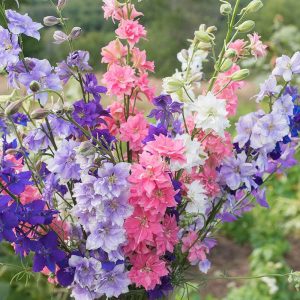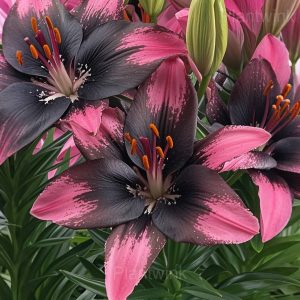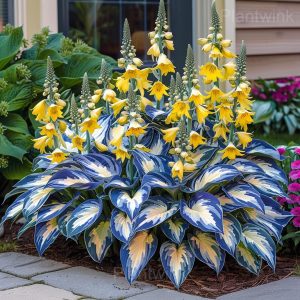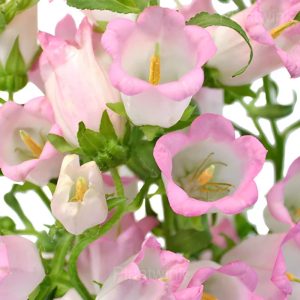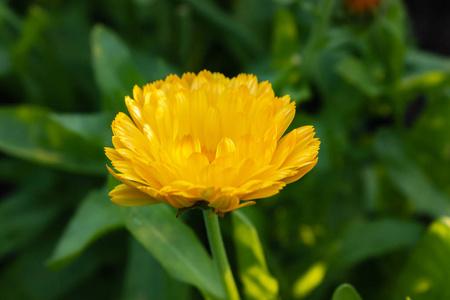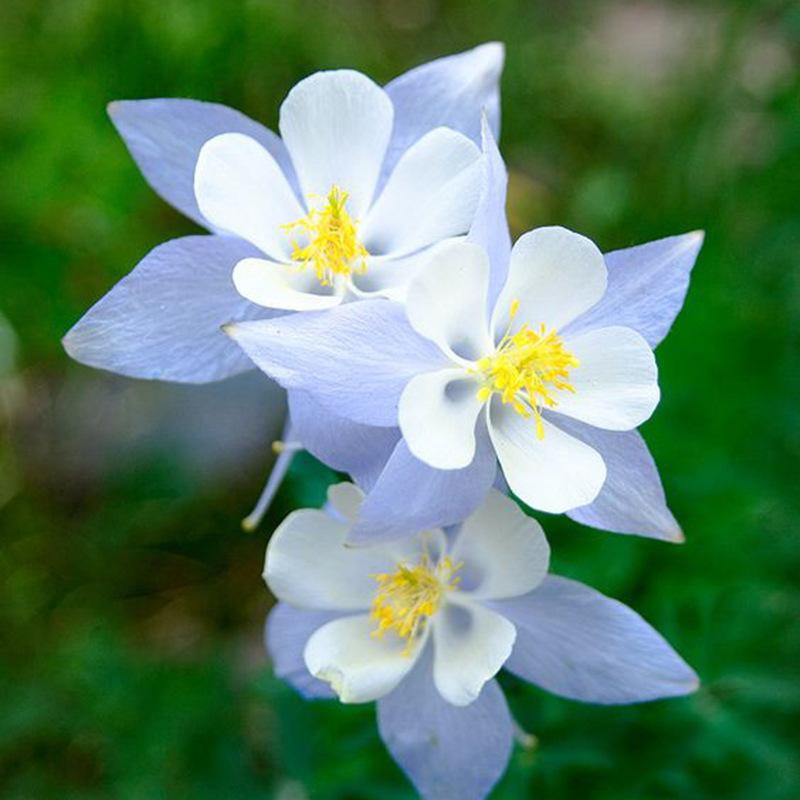Lagenaria, also known as bottle gourd, has an interesting story. Legend has it that long ago, a poor farmer found a uniquely shaped bottle gourd. Curious, he decided to use it as a water container. To his surprise, the gourd enhanced the taste and quality of the water. Word spread, and people started using it for drinking vessels and cooking utensils. They believed that the gourd possessed magical properties and brought good luck. Thus, Lagenaria became a symbol of prosperity and well-being in many cultures. Its fascinating journey from a simple plant to a cherished object showcases the wonders of nature’s gifts.
Picture

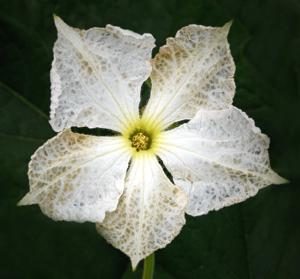

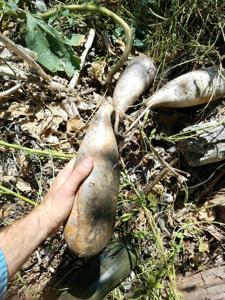
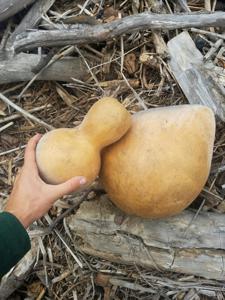
Plant some seeds now!
Short Description
Lagenaria is a genus of gourd-bearing vines in the squash family (Cucurbitaceae). Lagenaria contains six species, all of which are indigenous to tropical Africa. The best-known species, the calabash or bottle gourd, L. siceraria, has been domesticated by humans, and has spread beyond Africa. The other species are not cultivated. The gourds of the various species may be harvested young and used as a vegetable. More commonly, the gourds are harvested mature, then dried, and used in making utensils (including musical instruments and containers). Gourds of L. siceraria have been used to store water and other liquids since ancient times. The generic name lagenaria comes from classical Latin lagena meaning bottle or flask, plus Latin suffix -aria.
